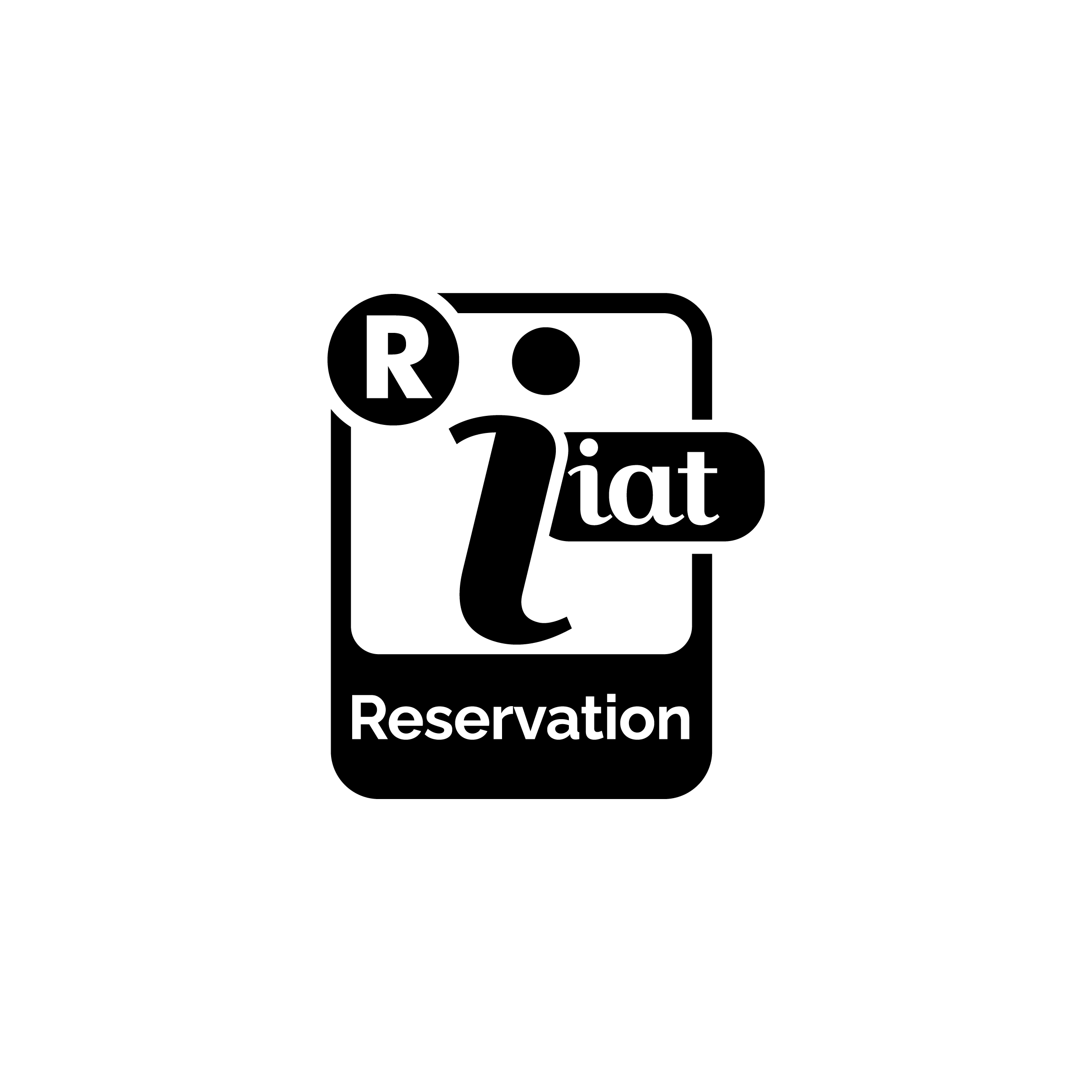Cold cuts
Ham
It is perhaps the charcuterie product which is more known. Ham has been the first charcuterie product to get the typicality title both in Italy and other European nations. Today the typicality title is used by many consortiums in Italy to preserve their names against other geographical areas: The Parma ham is by far the most important one. Ham, and in particular Parma ham, has a round shape, without leg and weighs, when ready, approximately 9 kg. But more important is the fact that it is an excellent product both from the taste and nutritional point of view and is very genuine.
Cured ham
Cured ham is certainly the charcuterie product which is more consumed. The reason for this record is to be found in the organoleptic features and in the good digestibility of the product. The cured ham processing can be regarded as an example of how a quality production is, at the end, always praised. The current diet indications recognise in cured ham a high digestibility and light product.
Mortadella
The mortadella is a cooked charcuterie product which was initially born to exploit the second and third cuts of pork meat. This necessity has progressively changed and today we are facing a production that gives great importance to the quality of national cuts. The mortadella is produced in different sizes by finely mixing pork and/or beef meats in variable percentages. The request of products realised only with pork meat and modest addition of milk derivatives is slowly wide-spreading. The use of a more selected raw material has made it possible to obtain bigger size products; it is possible to find products ranging from many quintals to a few hectograms. Because of the request of modern consumers, the trend is that of obtaining sweeter and sweeter and less aromatic flavours.
Coppa
The coppa is a whole product prepared with part of the neck muscles. The traditional production areas are the provinces of Parma and Piacenza. It is nevertheless produced in many Italian regions and is commercialised under various names (coppa, capocollo, etc.). From the technological point of view, it is an interesting product because it combines aspects similar to cured ham (salting) and similar to long-seasoned salami (seasoning times). It is this latter slow process that gives the coppa all its aroma. This charcuterie products acquires its typical taste with a perfume and a fragrance which are more delicate and good if the phase takes place correctly. The coppa can be considered a complete food from the point of view of fats and proteins in the diet; it can represent also a balanced basic dish. Mean contents are balanced if the product is consumed with vegetables.
Salami
The name "salame" (from the Latin word "salumen") means "mixture of salted things" and is one of the most ancient meat conservation procedures. To produce it, we use pieces of meat, shoulders, mixed meat, belly and throat fat, fat and lean parts which are distinguished but linked in variable proportions. The aroma and flavour development of the product seem to be like a complex balance of the contribution of spices and enzyme reactions on fats and proteins. The spice choice is dictated by commercial criteria linked to the needs of personalising products and the respect of typical recipes. From the nutritional point of view, apart from the common beliefs, is optimal in the diet of those who want a high energetic, tasty and flavoured product inserting it not like an hors d'oeuvre but in the right place: a unique or second course dish.
Cotechino
It is obtained from lean pork meat to which fat and pigskin are added; everything is processed to obtain an homogeneous mixture. For the containing material we use a natural bowel which is washed, degreased and maintained under salt for a long time.
Cappello del prete
It has a mixture which is similar to the cotechino one, but the presentation is different. The bowel skin is cut and sawed respecting a triangular shape, but leaving and opening through which the mixture is inserted. The sawing is then manually carried out using traditional sawing machines.





